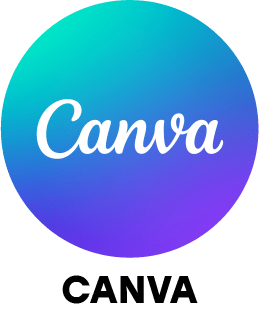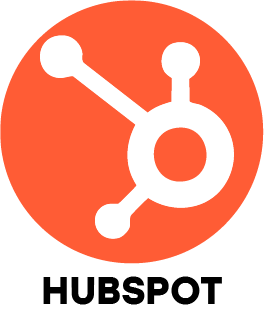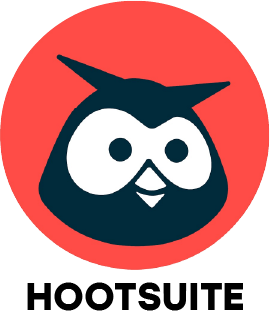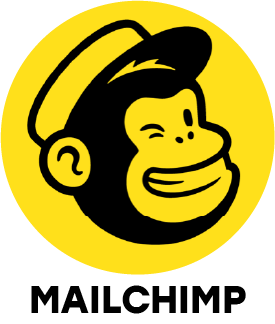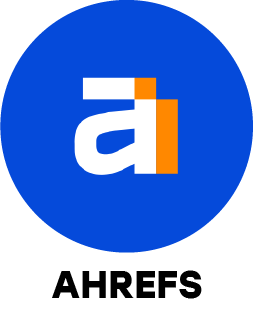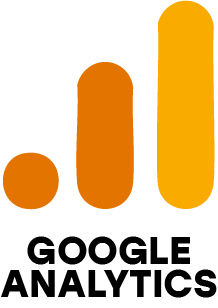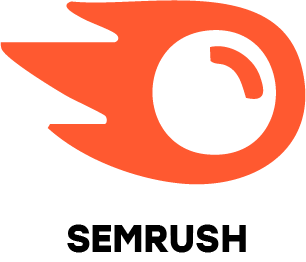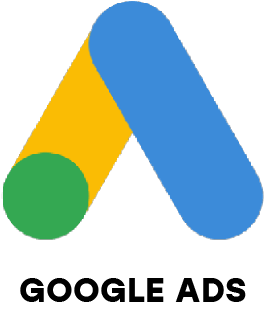1. What distinguishes digital marketing from traditional marketing?
Ans:
Digital marketing uses platforms including websites, social media, email and mobile apps to advertise goods and services online. Unlike traditional marketing TV, radio or print its interactive, measurable, cost-effective and allows real-time audience targeting and performance tracking.
2. How do SEO and SEM differ?
Ans:
SEO (Search Engine Optimization) boosts organic search visibility through content creation, keywords and backlinks. SEM (Search Engine Marketing) uses paid ads like Google Ads to gain instant search visibility. SEO is long-term and free, while SEM delivers immediate results via paid campaigns.
3. How do you measure a digital marketing campaign’s success?
Ans:
Campaign success is measured with KPIs such as website traffic, click-through rate (CTR), conversion rate, cost-per-acquisition (CPA), bounce rate, ROI and customer engagement. Tools like Google Analytics and campaign dashboards help track and analyze these metrics.
4. Which tools are useful for keyword research and SEO analysis?
Ans:
For keyword research, tools like SEMrush, Google Keyword Planner, Ahrefs, Moz and Ubersuggest are effective. For SEO audits and optimization, Google Search Console, Screaming Frog and Yoast SEO are widely used.
5. Can you describe a successful campaign you managed?
Ans:
I managed a lead generation campaign for a training institute using SEO content, Google Ads, Facebook retargeting and email automation. Within two months, leads increased by 40%, while cost per lead dropped by 25%.
6. How do Google Ads work and what metrics are essential in PPC campaigns?
Ans:
Google Ads operate on a pay-per-click model, displaying ads based on bids, relevance and quality score. Key metrics to track include CTR, CPC, Quality Score, conversion rate, impression share and ROI.
7. Why is the Google Ads Quality Score important?
Ans:
Quality Score measures ad relevance, expected CTR and landing page experience. Higher scores reduce CPC and improve ad placement, making campaigns more cost-effective and efficient.
8. How would you improve engagement on a social media page?
Ans:
I’d monitor content performance, post consistently, use interactive formats like polls, videos and reels, respond to comments quickly, run targeted campaigns and collaborate with influencers. User-generated content also boosts engagement.
9. What are the main components of an effective email marketing strategy?
Ans:
Essential elements include audience segmentation, catchy subject lines, personalized content, clear CTAs, responsive design, analytics tracking, A/B testing and automated workflows to improve open rates and conversions.
10. How do you remain updated with algorithms and developments in digital marketing?
Ans:
I follow trusted sources like Search Engine Journal, Moz, HubSpot and Google Search Central. I attend webinars, LinkedIn learning sessions, subscribe to newsletters, join digital marketing communities and test new strategies hands-on.





